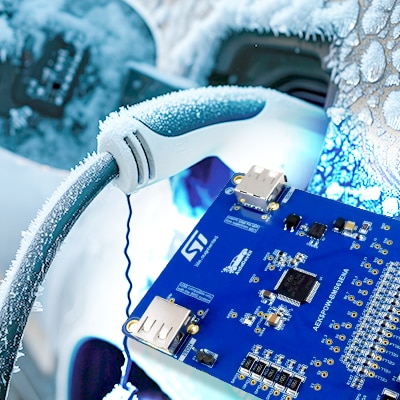 You may have seen recent images in the news showing clusters of Teslas stranded near charging stations with due to the incredibly cold temperatures (dipping below -9°F or -23°C). Similar to combustion vehicles, electric vehicles (EVs) are much less efficient in cold weather; this is due to the chemistry of the Lithium-ion (Li-ion) batteries that power them. Another contributing factor was the malfunction of some of the Tesla Superchargers, which led to long lines at working chargers and ultimately, tow trucks for those who rolled in with insufficient charge. Though it's very easy to blame EVs in general, situations like these are anomalies that can be minimized with some careful planning.
You may have seen recent images in the news showing clusters of Teslas stranded near charging stations with due to the incredibly cold temperatures (dipping below -9°F or -23°C). Similar to combustion vehicles, electric vehicles (EVs) are much less efficient in cold weather; this is due to the chemistry of the Lithium-ion (Li-ion) batteries that power them. Another contributing factor was the malfunction of some of the Tesla Superchargers, which led to long lines at working chargers and ultimately, tow trucks for those who rolled in with insufficient charge. Though it's very easy to blame EVs in general, situations like these are anomalies that can be minimized with some careful planning.
How do Li-ion batteries work?
A lithium-ion (Li-ion) battery relies on the movement of lithium ions between the positive and negative electrodes to generate electrical energy. The battery consists of three main components: a positive electrode (cathode), a negative electrode (anode), and an electrolyte, a conductive substance that facilitates the movement of Li+ ions between the electrodes. A separator is placed between the anode and cathode to prevent direct contact and short circuits while still allowing the flow of ions. The electrodes are typically made of materials containing lithium compounds, such as lithium cobalt oxide (LiCoO2) for the cathode and graphite for the anode.
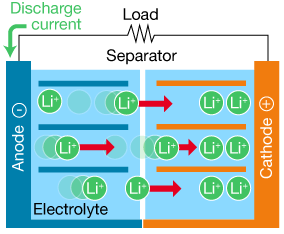
Figure 1: Lithium-ion battery discharging (Source: Toshiba)
When the battery is discharging (providing power), lithium ions move from the anode to the cathode through the electrolyte. Li+ ions are released from the graphite anode, releasing electrons and creating an electric current. When the battery is charging, the process is reversed; lithium ions move from the cathode back to the anode.

Figure 2: Lithium-ion battery charging
What happens in cold weather?
The performance of Li-ion batteries tends to decrease at low temperatures; battery life is shortened, and charging takes much longer, primarily caused by the slow desolvation of lithium ions due to the low temperature. This increases the internal resistance of the battery, limiting the flow of ions and electrons. The electrolyte's conductivity also decreases in cold temperatures, slowing the movement of Li+ ions. Cold temperatures can also lead to a decrease in the battery's effective capacity.
In extremely cold conditions, lithium-ion batteries may experience the formation of solid electrolyte interface (SEI) crystals on the electrode surfaces. This can hinder ion movement, reducing the battery's performance.
Due to these factors, EVs also take a much longer time to charge in extremely cold weather. Many EVs incorporate battery preconditioning features, which preheat the battery before charging, helping to reduce internal resistance and improve the efficiency of the charging process. Superchargers often don’t start adding range until the battery reaches an optimal temperature. However, battery preheating requires energy; many EVs became stranded because the battery became completely depleted while waiting in line for the charger. Additionally, there is always a greater chance of malfunction in chargers when dealing with extremely cold weather. Charging cables, connectors, and various other components can become caked in ice, and the cold can cause an increase in internal resistance of the charger, all of which leads to a reduction in charging efficiency, and in extreme cases, complete shutdown.
How do you prepare your EV for cold weather?
Maintenance at charging stations is the responsibility of the manufacturer; however, there are many things an EV owner can do to reduce the chances of being stranded during an Arctic blast. If possible, the EV should be left plugged in when not in use. This keeps the battery warm and charged. Overcharging is prevented by a Battery Management Systems (BMS), which comes standard in most EVs. Charge the battery to a higher state of charge (SoC) before driving and when driving, don't let the battery deplete too much. You never know if there will be a long line at the charging station. Installing winter tires will help improve traction, and as a result, efficiency. Regularly check the tire pressure, as cold air can make tire pressure drop, reducing efficiency. EV owners should also stay up to date with software updates.
Owners of both EVs and ICE vehicles should carry an emergency kit with cold weather essentials, such as warm clothing and blankets.
What emerging technologies can improve EV performance in cold weather?
EVs are a relatively new to the marketplace. As technology evolves, new innovations will help EVs better deal with frigid temperatures. In the next few years, we might see improvements such as:
Solid-state batteries promise faster charging, more range, and better durability. Because the liquid electrolyte is replaced with a solid one, thermal stability is greatly improved, allowing for wider operating temperatures. Solid-state batteries may perform well in all weather conditions.
Advanced BMS technologies can optimize the performance of individual cells within a battery pack. This includes better thermal monitoring and control, ensuring that each cell operates within its optimal temperature range.
Improved thermal management systems are being developed to efficiently regulate the temperature of EV components, including batteries. This includes more sophisticated liquid cooling and heating systems to maintain optimal operating temperatures in various weather conditions.
Inductive charging enables an EV to be charged wirelessly while parked over a charging pad. This eliminates problems caused by ice buildup on the plugs and ports.
Machine learning algorithms and predictive analytics can be used to optimize energy management in electric vehicles, taking into account factors such as weather conditions, driving habits, and historical data. This can improve the accuracy of range predictions and enhance overall efficiency in cold weather.
Recently, chemical engineers from several universities in China collectively published a paper describing a Li-ion battery system that works in temperatures as low as -31°F. Many researchers focus on improving electron mobility in the electrolyte; however, this team concentrated on the graphite anode. Based on research showing that the flat-orientation of graphite in the anode is a cause of the poor performance in cold weather, the team modified the surface of the anode, using a cobalt-containing compound to create a material covered with tiny bumps. The bumpy surface allowed more negative charge to be held on the surface, which in turn aided in Li+ desolvation. When testing, the battery held up in frigid temperatures, even after over 200 charge-discharge cycles.
While the experiment was a success, it probably won’t be coming to EVs any time soon. Both the creation of the material, as well as the cobalt compound itself, are very expensive. The research, however, brings Li-ion battery technology one step closer to better performance in the cold.
Summing Up: EVs in Cold Weather
The adoption of electric vehicles is well underway, although there have been bumps in the road. Most recently, some significant temperature drops, along with some poorly timed charging station malfunctions, left EV drivers stranded in the cold. Cold temperatures are a problem for lithium-ion battery technology, and while the weaknesses are mitigated by preconditioning and preheating, there can always be the perfect storm of events that leave an EV unable to charge. There is promising technology on the way that will alleviate the cold weather problem, but in the meantime, EV and ICE vehicle owners alike should take extra precautions when cold weather is going to hit.


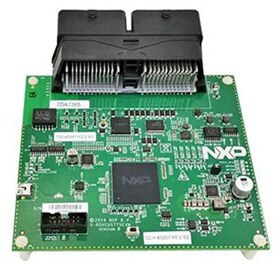
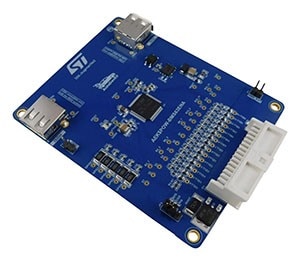
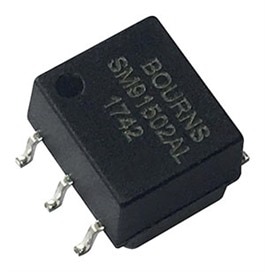
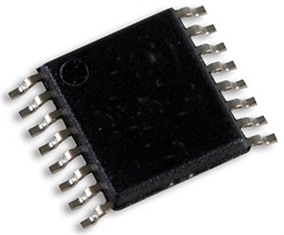
Top Comments
-

DAB
-
Cancel
-
Vote Up
0
Vote Down
-
-
Sign in to reply
-
More
-
Cancel
Comment-

DAB
-
Cancel
-
Vote Up
0
Vote Down
-
-
Sign in to reply
-
More
-
Cancel
Children